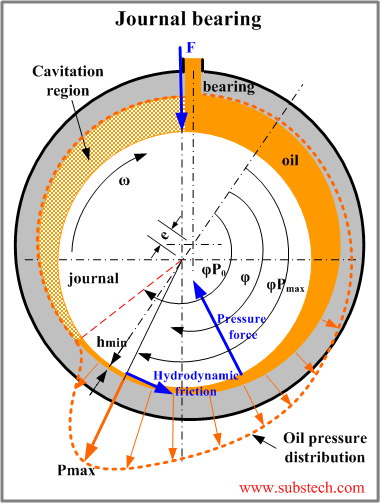Hi,
Gokhan - The fuel saving benefits between these two viscosities occur primarily in the 30mins or so after a cold start - in favour of the 5W-40. After that it is a matter of the engine's application including a wide range of influences
Many engine Manufacturers simply have a minimum HTHS viscosity as a part of their lubricant specification/recommendation!
In the case of my own engines the average operating oil temperature was 103C (217F) and the maximum attained was 112C (234F)
Localised oil temperatures (around turbos etc.) reach much higher temperatures of course
Gokhan - The fuel saving benefits between these two viscosities occur primarily in the 30mins or so after a cold start - in favour of the 5W-40. After that it is a matter of the engine's application including a wide range of influences
Many engine Manufacturers simply have a minimum HTHS viscosity as a part of their lubricant specification/recommendation!
In the case of my own engines the average operating oil temperature was 103C (217F) and the maximum attained was 112C (234F)
Localised oil temperatures (around turbos etc.) reach much higher temperatures of course



